Pressure gauges are essential instruments widely used to measure the pressure of gases and liquids in various applications. Depending on the environment, pressure range, and accuracy requirements, several types of pressure gauges are available. This article provides an in-depth overview of common pressure gauge types and their accuracy classes to aid in selecting the right instrument for specific needs.
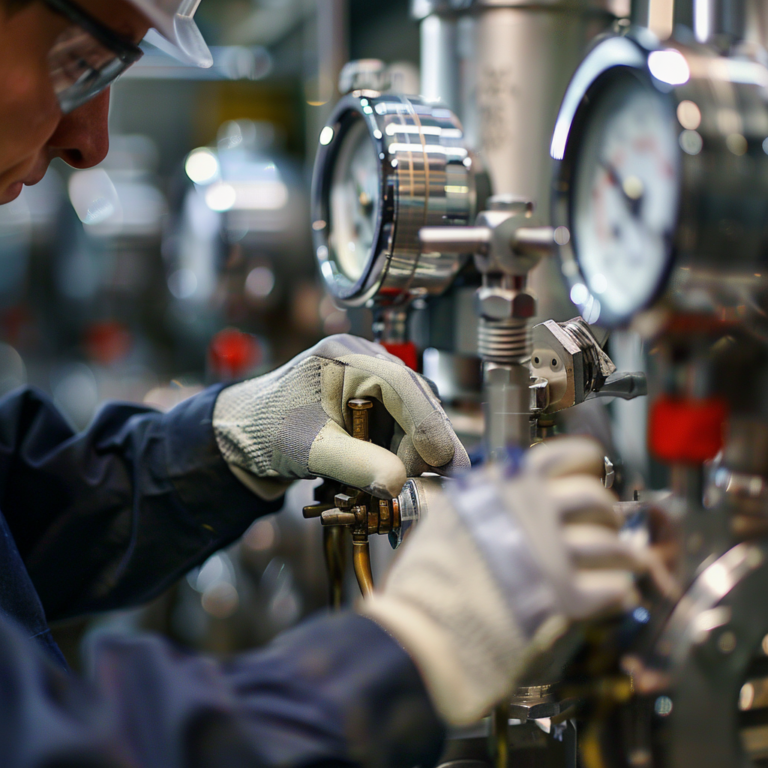
Types of Pressure Gauges
1. Standard Pressure Gauge
- Features: Standard pressure gauges use a Bourdon tube as the sensing element and are suitable for measuring non-corrosive gases or liquids.
- Applications: Found in general industrial equipment, heating systems, and water supply networks.
- Typical Accuracy: 1.6% or 2.5%.
2. Stainless Steel Pressure Gauge
- Features: Made from stainless steel for enhanced corrosion resistance, these gauges are ideal for harsh environments or aggressive media.
- Applications: Chemical plants, oil refineries, and food production facilities.
- Typical Accuracy: 1.0% or better.
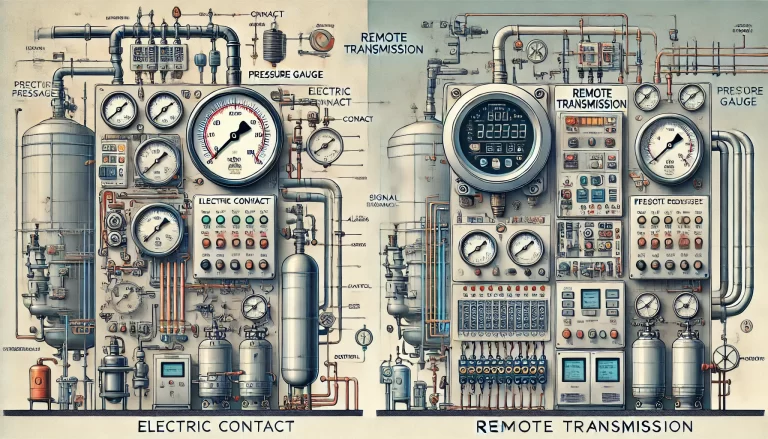
3. Vibration-Resistant (Glycerin-Filled) Pressure Gauge
- Features: The interior is filled with glycerin or silicone oil to dampen vibrations and stabilize the pointer.
- Applications: Equipment prone to mechanical vibrations, such as construction machinery and marine engines.
- Typical Accuracy: 1.0% to 2.5%.
4. Capsule Pressure Gauge
- Features: Capsule pressure gauges use a sensitive diaphragm element, making them suitable for measuring very low pressures or vacuum levels.
- Applications: Ventilation systems, HVAC (heating, ventilation, and air conditioning), and gas pipelines.
- Typical Accuracy: 1.6% or better.
5. Diaphragm Pressure Gauge
- Features: These gauges use a diaphragm as the sensing element and can measure corrosive, viscous, or crystallizing media.
- Applications: Chemical processing, wastewater treatment, and food processing.
- Typical Accuracy: 1.0% to 1.6%.
6. Differential Pressure Gauge
- Features: Measures the difference between two pressures, making it ideal for flow measurement and monitoring pressure drops across filters.
- Applications: HVAC systems, filter performance monitoring, and liquid level detection in tanks.
- Typical Accuracy: 1.0% to 2.5%.
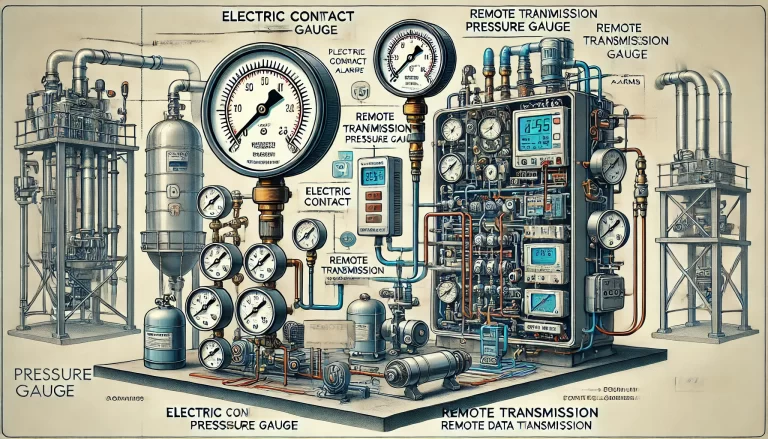
7. Digital Pressure Gauge
- Features: Equipped with electronic sensors and digital displays, these gauges offer high precision and advanced features such as data logging and remote monitoring.
- Applications: Laboratories, process automation, and precision testing environments.
- Typical Accuracy: 0.1% to 0.25%.
8. Contact Pressure Gauge
- Features: Comes with electrical contacts that activate control systems when pressure reaches preset values.
- Applications: Automated industrial processes and safety control systems.
- Typical Accuracy: 1.0% to 2.5%.
9. High-Pressure Gauge
- Features: Designed for systems that require measurement of very high pressures, such as hydraulic systems and gas cylinders.
- Applications: High-pressure testing facilities and heavy industrial equipment.
- Typical Accuracy: 1.0% or better.
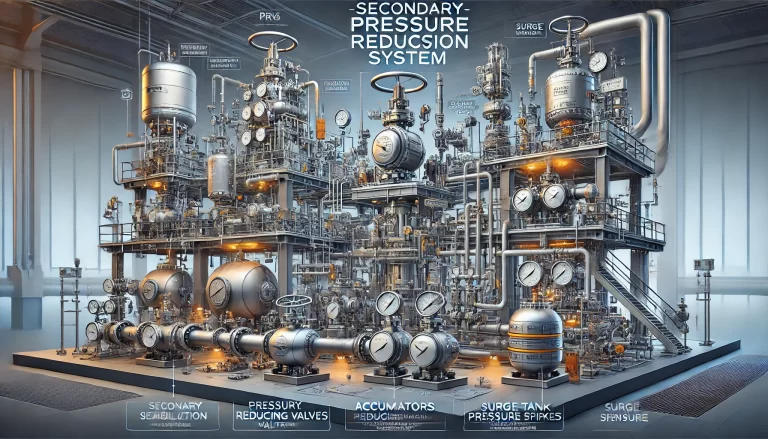
10. Vacuum Gauge
- Features: Measures pressures below atmospheric levels, providing readings in negative pressure ranges.
- Applications: Vacuum pumps, distillation systems, and research facilities.
- Typical Accuracy: 1.6% to 2.5%.
Accuracy Classes of Pressure Gauges
The accuracy of pressure gauges is specified as a percentage of the full-scale reading. The following table summarizes commonly used accuracy classes and their applications:
| Accuracy Class | Allowed Deviation (% Full Scale) | Typical Applications |
|---|---|---|
| 0.1 | ±0.1% | Precision instruments in laboratories. |
| 0.25 | ±0.25% | High-end industrial control systems. |
| 0.4 | ±0.4% | General-purpose measurement systems. |
| 1.0 | ±1.0% | Industrial equipment with moderate accuracy requirements. |
| 1.6 | ±1.6% | Standard industrial applications. |
| 2.5 | ±2.5% | Indicating systems with lower accuracy demands. |
| 4.0 | ±4.0% | Rough, low-precision applications. |
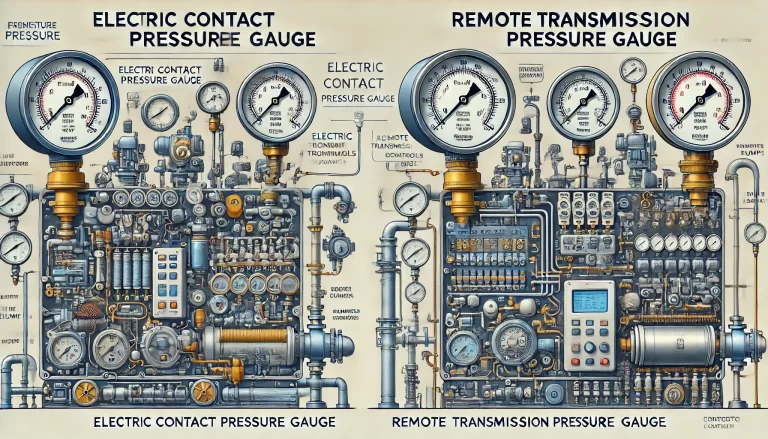
Factors to Consider When Choosing a Pressure Gauge
Pressure Range
Select a pressure gauge with a range that exceeds the system’s maximum pressure by 1.5 to 3 times to avoid overloading the sensor.Accuracy Requirements
Choose an accuracy class based on the precision needed for the application. For instance, laboratory settings may require a gauge with 0.1% accuracy, while standard industrial uses often suffice with 1.6%.Material Compatibility
Ensure the gauge’s materials are resistant to the measured media. For example, stainless steel is suitable for corrosive substances, while standard brass gauges are better for inert media.Environmental Conditions
Consider environmental factors like vibration, extreme temperatures, and exposure to corrosive elements when selecting a gauge.Connection Type
Check the gauge’s connection specifications (e.g., thread size) to ensure compatibility with the installation point.
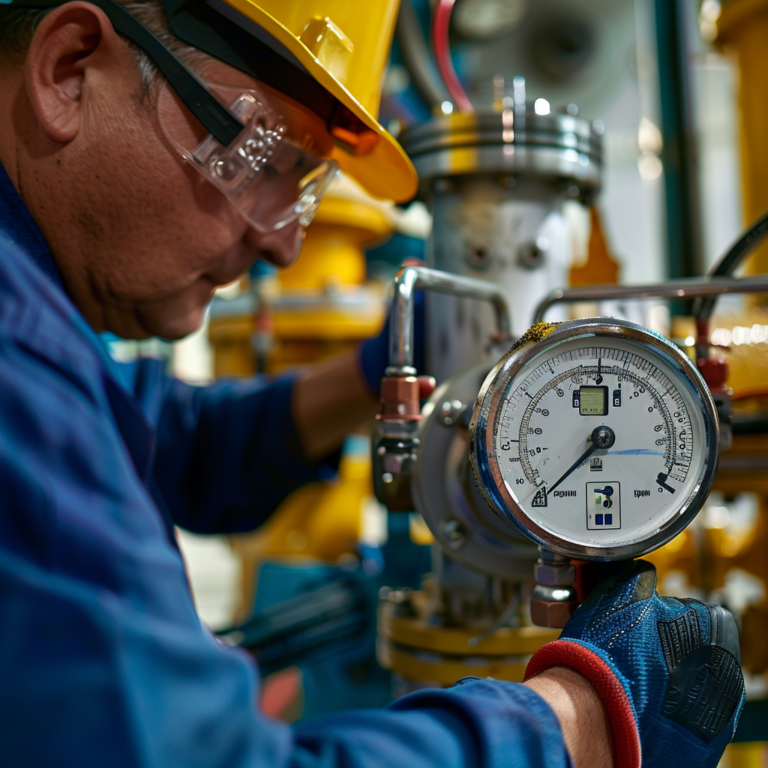
Conclusion
Selecting the right pressure gauge requires an understanding of the operating environment, media properties, and accuracy requirements. With various types such as standard, stainless steel, diaphragm, and digital gauges, as well as accuracy classes ranging from 0.1% to 4.0%, there is a solution for virtually every application. Proper selection ensures reliable and accurate pressure measurement, enhancing system safety and efficiency.
